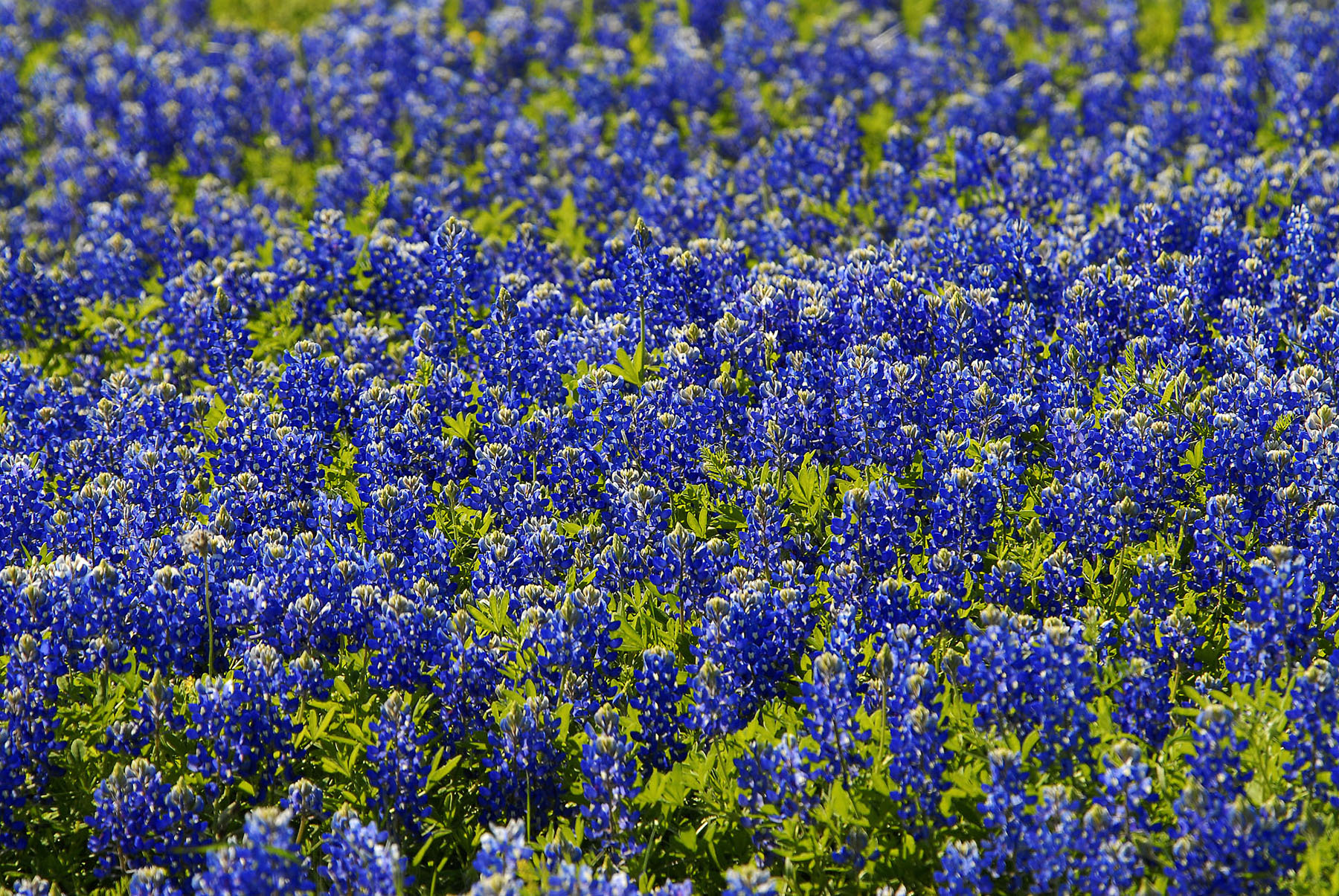
Bluebonnets in Fayette County. Photo by Stan A. Williams
Spring has settled over Texas, and with it, the roadsides and pastures of Texas are beginning to bloom in carpets of wildflowers. The state’s blooms are highly dependent on weather, temperature and water, meaning that catching them in full color can be tricky.
“What’s fun about wildflowers in Texas is that they progress over the seasons,” says Andrea DeLong-Amaya, director of horticulture at the Lady Bird Johnson Wildflower Center in Austin. Some flowers bloom in the midspring. Others will appear in a month or two, and still more might last all the way into summer. And luckily, she predicts that due to fall rains, the 2023 wildflower season in Central Texas will be especially lush.
Right now, one of Texas’ most popular plants—the bluebonnet—is strutting its stuff. Bluebonnets cover most of the state except the Panhandle and Far West Texas, and are now blooming in the cemeteries and roadsides of San Antonio and Austin. The species is triggered by warm weather, DeLong-Amaya says, and the last two months have been unusually balmy, leading to bumper crops of blue flowers. But make sure to catch them now, because they’re only likely to be blooming into early April.
Other early to midspring flowers include golden groundsel and southern dewberry, found in the eastern and central parts of the state, as well as the dramatic, violet giant spiderwort. Primroses are already blooming in South Texas, while coreopsis and pink evening primrose are coming up in East Texas. North Texas flowers are a bit more weather dependent, with species like Texas stars, winecup, prairie verbena, and horsemint are more likely to show up in mid to late spring. By summer, the standing cypress and sunflowers will be towering up toward the skies.
In West Texas, the question is less about the weather and more about rainfall. Should there be any spring or summer storms, desert marigolds and four-nerve daisies will be blooming, including in fall. So will antelope horn milkweed, a plant particularly beloved of butterflies.
“Weather forecasts are calling for most of the state to have average rainfall and slightly higher than average temperatures,” DeLong-Amaya says, which bodes well for most of the flowers throughout the spring. “If we have a wetter than average late spring, it might extend it even into June. Usually things are looking pretty good through the end of May through most of the state, and then it depends on how dry it gets.”
Summer is too far away to predict, though it seems likely to be another scorcher. But as Delong-Amaya points out, outside of irrigated gardens (or a passing hurricane) there’s generally not much blooming in summer anyway, other than sunflowers and flame acanthus. There’s also a silver lining from last year’s brutal span of drought and the following hard freeze: many plants died back last summer, so there’s less competition for spring-blooming wildflowers.
It’s important to remember that from year to year, different species will be favored over others due to the complex dance of drought, fire, mowing, and rain. But for now, Delong-Amaya is optimistic. “I think we’re going to have a really good year.”








